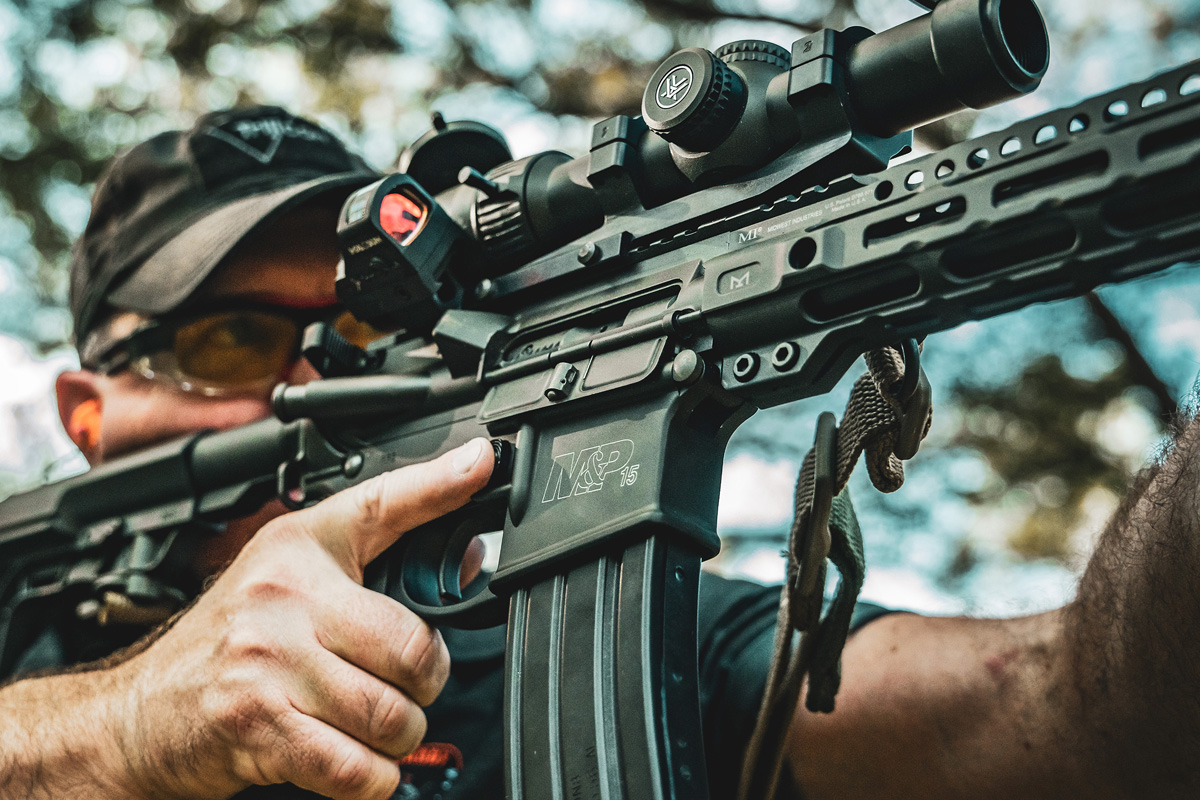When it comes to firearms, precision and control are paramount. One key factor that greatly influences accuracy and shooting experience is the trigger mechanism. In this blog post, we'll explore the differences between single-stage and two-stage triggers, examining their features, benefits, and how they can elevate your shooting performance to new heights.
Understanding Single-Stage Triggers
Single-stage triggers, as the name suggests, have a consistent trigger pull throughout the entire process. With a single-stage trigger, the shooter experiences a smooth, seamless pull until the trigger breaks, resulting in the discharge of the firearm. These triggers offer a simple and direct interface, ideal for shooters seeking immediate action without any delay or secondary pressure. Single-stage triggers are often favored for rapid-fire scenarios, competitive shooting, or tactical engagements where a quick and predictable response is crucial.
Exploring Two-Stage Triggers
In contrast, two-stage triggers have a distinct and deliberate break point. The initial stage provides a light take-up, allowing the shooter to build up tension gradually. Once the second stage is reached, the trigger weight increases slightly before breaking and releasing the firing mechanism. This design promotes enhanced control and accuracy, as it offers the shooter the ability to maintain a consistent pull while providing a tactile feedback cue before the shot is fired. Two-stage triggers are highly regarded for precision shooting, long-range engagements, and situations that demand utmost shot placement accuracy.
Choosing the Right Trigger for Your Needs
The choice between a single-stage and two-stage trigger ultimately depends on your shooting style, preferences, and intended purpose. If you prioritize rapid action and predictable response, a single-stage trigger might be your ideal choice. On the other hand, if precision and controlled shots are paramount, a two-stage trigger can provide the tactile feedback needed to optimize your accuracy.
In the world of firearms, the trigger mechanism plays a pivotal role in achieving accuracy and control. Whether you opt for the immediate responsiveness of a single-stage trigger or the precise feedback of a two-stage trigger, understanding your shooting requirements will help you make an informed decision. Remember, finding the right trigger is essential for unlocking your full shooting potential.






